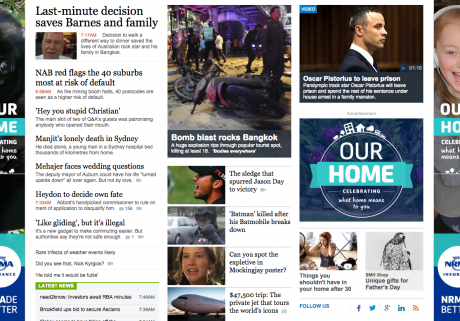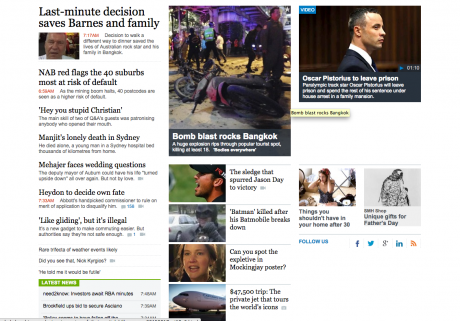Digital Strategy, Emerging Technology in Advertising
In the 4th quarter of any year, as the end of financial year looms, all businesses find themselves in a similar position. Tracking how they have performed against their goals:
– Did they reduce their marketing costs?
– How effective was their marketing effort?
The end of financial year is the perfect time to reflect upon what worked, what didn’t and what your plan is for your digital strategy in the year to come.
Start With A Stock-Take
Before you begin, first stop and take stock of your inventory. What do you have remaining to sell? What is likely to go out of season? Are there new versions of a particular product that are likely to come around soon?
Once you’ve identified what you have to sell, it’s time to use all your data from the past year to identify potential customers.
Segment Your Customer Database
Rather than going ahead with an EOFY Sale (End of Financial Year Sale) that is a mass campaign, you’re best to segment your customer data and focus on what specific customers may like to buy.
For example, if you have customers who in the past have purchased a sterling silver bracelet, and you have inventory of sterling silver earrings, this may be a great time to create a campaign that shows off the complimentary products.
Go Multi-Platform
Now that you have your inventory and audience sorted, you’ll want to make sure that you’re reaching those customers through multiple platforms, not just one.
Using the example above, that may mean:
– Creating an email newsletter
– Setting up a Facebook Retargeting campaign
– Running a Google Shopping Campaign
Make sure to plan your digital marketing before you jump right in to ensure that you’re spending your money in the right places to get the right impact.
Batch It Up
Sometimes the biggest problem that small businesses have is finding the time to create a digital strategy or set-up campaigns. If that sounds like you and you don’t want to outsource the problem, our advice is to ‘batch it up’.
Set aside a few hours every week to plan out and setup your campaigns. Doing it in a fixed timeframe every week makes you more likely to make significant progress weekly than if you are trying to fit it around other tasks.
Finally remember that though the end of financial year gives you a great opportunity to reach out and speak with customers about a sale, you should be talking to your customers consistently throughout the year – devise a plan that works quarter by quarter.


